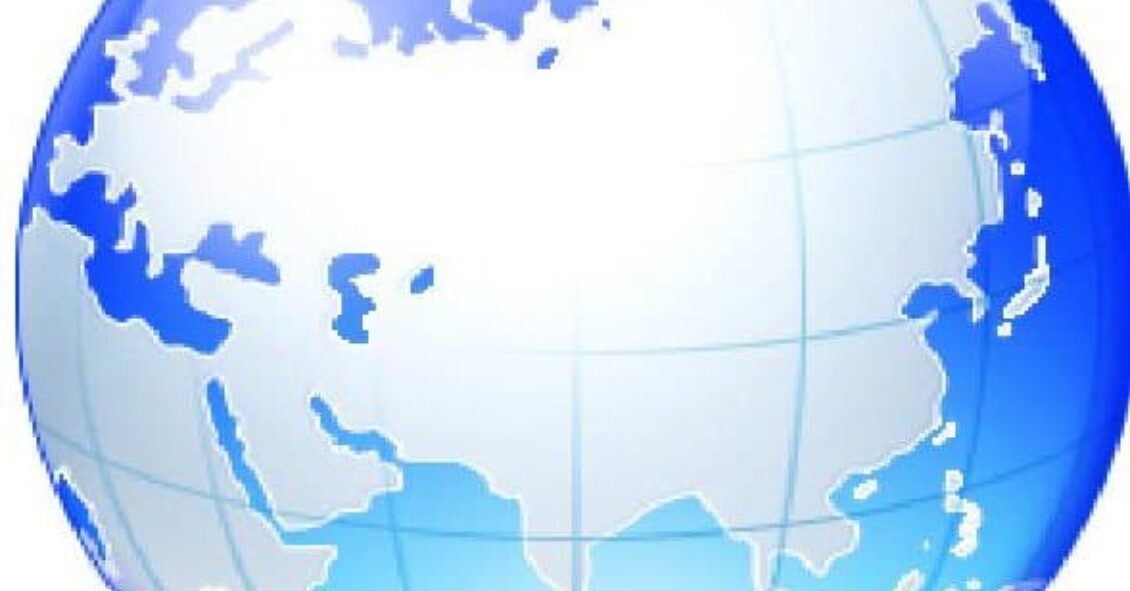
iGATE’s announced definitive agreement to acquire Patni is well-timed for investors, as Sensex (the Bombay Stock Exchange) is near an all time high of 20,000. Further, the acquisition propels the combined entity into the league of billion dollar IT services providers. While it does not create a fundamentally differentiated service provider or alter the Indian IT services landscape in a meaningful manner (please see our blog, “A Deeper Dive Analysis of iGATE’s Acquisition of Patni” and our Breaking Viewpoint, “iGATE Acquires Patni, Finally!”), the acquisition does represent a significant lost globalization opportunity for Far East providers.
As mentioned in a previous blog on NTT’s acquisition of Keane, “Japan at Your Service – A Keane Idea? “, the biggest challenge for the Far East majors, (e.g., the Japanese systems integrators, or SIers, and the Korean Chaebols, or business conglomerates), continues to be globalization of their services businesses (followed by building a robust annuity-based IT services business. )
Against this backdrop, Patni was a strong strategic play – close to $700 million in revenues, almost 80 percent of which comes from the U.S., more than 250 clients, and 15,000+ employees, including substantial presence in India and Mexico…all this provides a good U.S. business launching pad for a Far East provider. In addition, Patni’s strong BFSI play (30 percent from insurance, with all BFSI adding up to ~45 percent), and sizeable presence in manufacturing and retail (~30 percent) demonstrates credible presence in key verticals. And a services portfolio that includes ADM, enterprise applications and product engineering provides a good starting point in target verticals. In our view, Patni could have been a great asset for Far East providers to build presence in key markets with a large offshore capability to serve these segments. And combining this with a European-centric asset would have ensured a true global play for a Far East major acquirer.
Granted, a couple of the most notable Far East providers have aggressively pursued globalization via the M&A route. For example, with its acquisition of Keane, NTT Data made significant steps – onshore capabilities, clients and a strong offshore platform that complements other assets it picked up before that, including Intelligroup. Similarly, Hitachi’s recent acquisition of Sierra Consulting (~2400 employees across in India, and China-based delivery) strengthens its enterprise consulting and offshore capabilities, albeit on a much smaller scale than Patni.
While one might speculate that NTT Data saw Keane as a stronger fit than Patni, and Hitachi Consulting was looking for specific enterprise skills, in general Far East providers did indeed lose an opportunity to increase their global footprint when they passed on Patni, especially given that at a revenue multiple of just over two, Patni appears to be far less expensive compared to its larger peers, (Tier 1 Indian majors are in the six to eight range), and would have been less of a drain on near term financials.
The Far East players have a way to go to catch up in the requisite globalization game. M&A in IT services is a challenge, and perhaps they have not yet mastered the art of integrating complex services businesses, or the speed and agility required to execute such an acquisition. That said, lack of exposure to the developed market is a bottle-neck in how they build their global businesses and stay on top of service delivery innovation. And given the pace of change in the global services industry, there is little time for learning, and success will require an inorganic event to catalyze their globalization.
The Patni deal may open the floodgates of other Tier 2 and 3 Indian IT players cashing out in the face of growing challenges presented by market forces (flight to scale and quality, vendor rationalization). If/as this happens, Far East providers must respond accordingly, due diligence-based appropriately, and M&A masterfully in order to compete in the global services delivery market.
In an environment in which predators outnumber the prey by many times over, it is time for the Far East providers to press on the accelerator to drive globalization!










